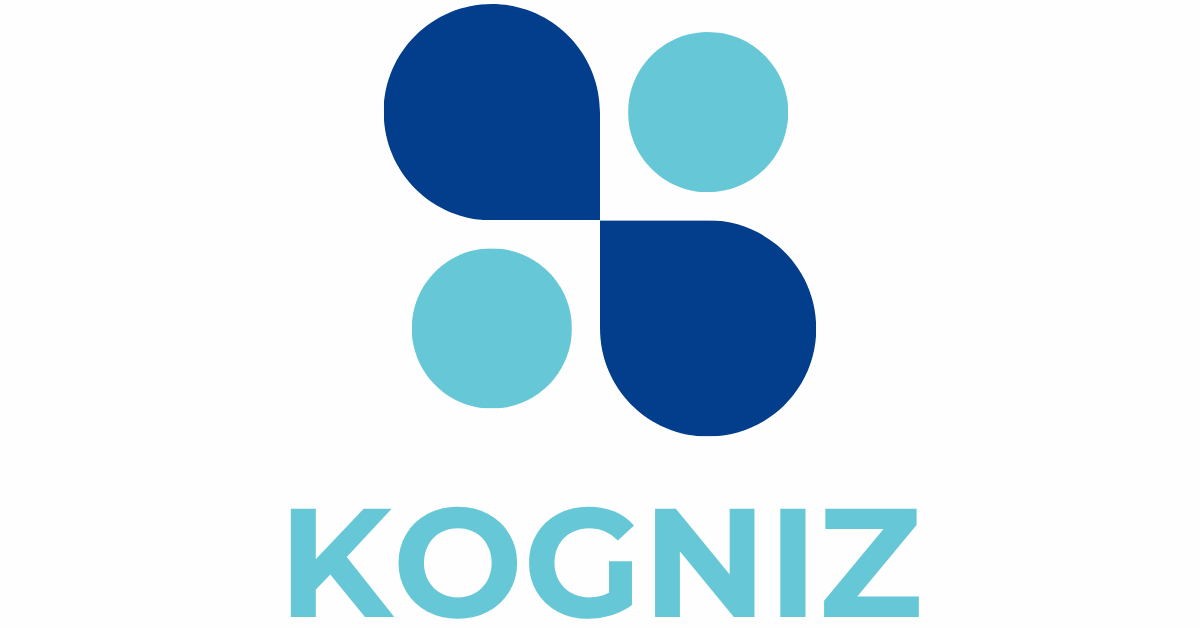In a world where collaboration reigns supreme, Collaborative PaaS environments are the superheroes of software development. Imagine a place where developers, designers, and project managers unite like the Avengers, tackling projects with ease and finesse. These platforms transform the chaotic world of coding into a harmonious symphony, allowing teams to innovate faster than you can say “deployment.”
Gone are the days of endless email chains and confusing version control. With Collaborative PaaS, teams can share resources, streamline workflows, and communicate seamlessly—all while sipping their favorite coffee. By leveraging these environments, organizations can not only boost productivity but also foster creativity and collaboration. Who knew that working together could be this much fun? Dive into the world of Collaborative PaaS and discover how it can revolutionize the way teams build and deliver software.
Overview of Collaborative PaaS Environments
Collaborative PaaS environments revolutionize software development by fostering teamwork among various roles. These platforms streamline processes, enhance communication, and reduce inefficiencies.
Definition and Importance
Collaborative PaaS, or Platform as a Service, refers to cloud-based environments designed for joint development efforts. These platforms provide developers, designers, and project managers with tools to work simultaneously on projects. Importance stems from their ability to break down silos within teams. Increased collaboration leads to higher efficiency and a more agile development cycle. Professional organizations leverage these environments to adapt quickly to market changes. Working together in real-time minimizes errors and accelerates project timelines.
Key Features
Key features of Collaborative PaaS environments enhance the user experience and ensure productive workflow. Real-time collaboration tools enable team members to interact instantly, sharing insights and feedback. Version control systems help manage changes seamlessly across projects, reducing confusion and conflicts. Integrated development environments support various programming languages and frameworks, allowing flexibility. Additionally, centralized resource management facilitates access to assets and documentation. User-friendly interfaces promote ease of use for diverse team members, from technical experts to stakeholders. These features combine to create a dynamic and effective development atmosphere.
Benefits of Collaborative PaaS Environments

Collaborative PaaS environments significantly improve the software development landscape. They foster teamwork, streamline processes, and enhance the overall developer experience.
Enhanced Collaboration
Enhanced collaboration emerges as a primary benefit of Collaborative PaaS environments. Developers, designers, and project managers engage in real-time discussions, minimizing miscommunications. Instant access to shared resources fosters quicker decision-making and keeps teams aligned. Tools integrated within these platforms support collective problem-solving, allowing participants to input feedback simultaneously. Everyone contributes to ongoing projects, further nurturing creativity and innovation. As a result, removing traditional barriers leads to more effective teamwork.
Cost Efficiency
Cost efficiency stands out as another key advantage of Collaborative PaaS. By consolidating development efforts within a single platform, teams reduce the need for multiple costly tools and software licenses. Resource sharing lowers operating expenses while maximizing output. Furthermore, reduced project turnaround times directly translate into budget savings. Teams experience decreased downtime since real-time collaboration streamlines workflows. This efficiency permits organizations to allocate funds more strategically, investing in high-impact areas rather than unnecessary overhead costs. Overall, Collaborative PaaS enhances both financial and developmental agility.
Challenges in Collaborative PaaS Environments
Collaborative PaaS environments present several challenges that organizations must navigate to maximize their benefits.
Security Concerns
Security remains a critical concern in Collaborative PaaS environments. Data breaches, unauthorized access, and compliance violations can jeopardize sensitive information. Organizations may face threats from external hackers or internal mismanagement. Ensuring robust security measures, such as data encryption and access controls, proves essential. Regular security audits and updates help mitigate risks effectively, allowing teams to focus on development instead of worrying about vulnerabilities.
Integration Issues
Integration issues often arise when implementing Collaborative PaaS solutions. Diverse tools and applications used by teams may not seamlessly work together. Compatibility problems can lead to delays and inefficiencies during the development process. Organizations benefit from selecting platforms that support various APIs and offer built-in integration options. Prioritizing environments that facilitate smooth interoperability enhances team performance and collaboration, ultimately leading to improved project outcomes.
Leading Platforms for Collaborative PaaS
Numerous platforms enhance Collaborative PaaS environments, boosting development processes across teams. Key solutions provide various features tailored for effective teamwork.
Comparison of Popular Solutions
Top platforms differ in functionality and focus. Google Cloud Platform excels in scalability and integrates tools like Google Docs for real-time collaboration. Microsoft Azure offers robust DevOps services tailored for enterprise use, simplifying releases and updates. Heroku stands out for its developer-friendly interface, supporting multiple programming languages and making deployment straightforward. Each platform balances cost, usability, and integration potential, making it crucial for organizations to select the one that aligns with their specific needs.
Case Studies
Numerous organizations leverage Collaborative PaaS solutions with great success. For instance, a tech startup utilized AWS Cloud9 to streamline its development workflow, drastically reducing project turnaround times. A mid-sized company adopted IBM Cloud Foundry, which enhanced cooperation among its remote teams and drove innovative solutions. These examples showcase how effective platform choices lead to improved team dynamics and project outcomes, reflecting the transformative potential of Collaborative PaaS environments.
Future Trends in Collaborative PaaS Environments
Collaborative PaaS environments continually evolve, influenced by new technologies and changing industry demands. Emerging technologies play a significant role in shaping these platforms.
Emerging Technologies
Artificial intelligence enhances development workflows within Collaborative PaaS by providing intelligent code suggestions and debugging assistance. Additionally, machine learning algorithms analyze user behavior, offering personalized experiences that streamline project management. Blockchain technology delivers unparalleled data security and transparency, ensuring that all team members access the latest developments. More importantly, integration with the Internet of Things enables seamless data sharing across connected devices, increasing the efficiency of software deployment. As these technologies emerge, they position Collaborative PaaS environments to foster innovation and increase productivity.
Predictions for Development
Collaborative PaaS environments are expected to become more intuitive and user-friendly in the coming years. Enhanced automation features will enable teams to execute repetitive tasks quickly, reducing manual errors and freeing up time for creative efforts. Increased reliance on real-time data analytics will guide decision-making processes, allowing teams to respond faster to market changes. Furthermore, hybrid cloud solutions will gain traction, giving organizations the flexibility to choose their optimal deployment strategy. The focus on security will intensify, prompting Collaborative PaaS platforms to adopt advanced protective measures. These predictions indicate a transformative future for Collaborative PaaS environments, driving development practices to new heights.
Collaborative PaaS environments are reshaping the landscape of software development. By fostering teamwork and streamlining communication, they empower developers to work more efficiently and creatively. The advantages of real-time collaboration and integrated tools significantly enhance productivity while reducing costs.
As organizations continue to navigate the challenges of security and integration, the focus on selecting the right platform becomes crucial. With the rapid evolution of technology, future trends in Collaborative PaaS promise even greater advancements. These platforms will likely become more intuitive and secure, driving innovation in development practices. Embracing Collaborative PaaS is not just a choice; it’s a strategic move towards a more agile and effective software development journey.



